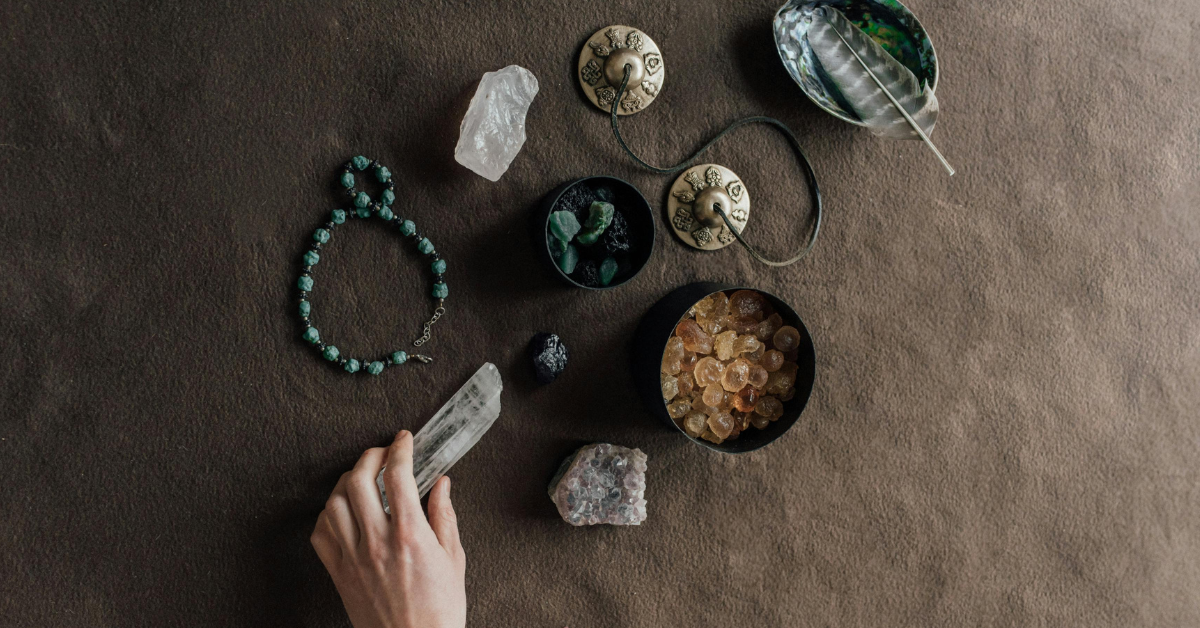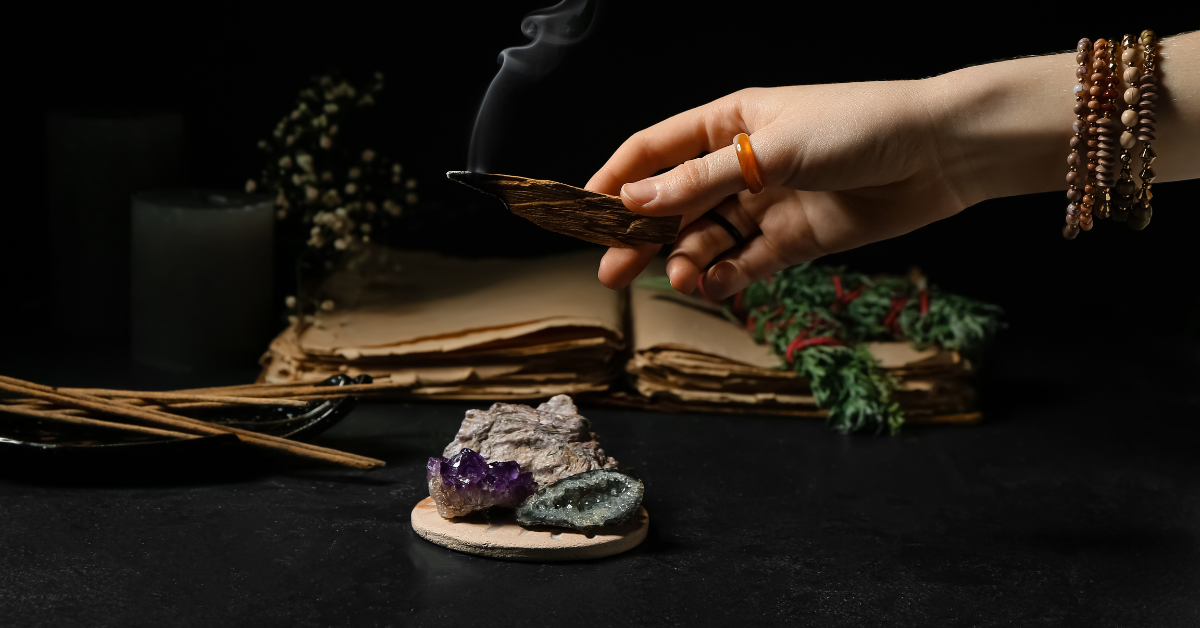For thousands of years, the magic of crystals has stirred the human imagination and encouraged the exploration of their magic. This passion for crystal research is growing today, and along with the number of enthusiasts, the frequency of the question: "Do crystals really work?"
To answer this question, we need to look through different lenses - historical, scientific and personal.
A brief history
Historically, crystals, minerals and gemstones have been deeply rooted in the cultural and spiritual life of civilizations around the world.

The ancient Egyptians used lapis lazuli to decorate the sarcophagi of pharaohs, while the Romans wore amethysts as talismans to reduce the effects of alcohol and "protect" themselves from drunkenness. These historical uses highlight a global, historical belief in the mystical properties of stones.
The science behind crystals
Scientifically speaking, crystals are not just beautiful objects to admire; they have practical applications that are central to modern technology. For example, quartz crystals are key to timekeeping in watches because of their piezoelectric properties, which allow them to create stable vibrations when an electric current is applied to them.
This practical use of crystals in everyday technology demonstrates their tangible benefits, although fundamentally different from their supposed metaphysical properties, these examples nevertheless tell the story of the unique properties of these elements through vibration.
Crystals as personal amulets
Moving from the empirical to the personal, many people today find meaning in crystals as modern amulets. Just as our ancestors wore engraved stones or wore certain metals for transformation (gold) or purification and protection (silver), in modern times we choose crystals such as rose quartz for love or tourmaline for protection. The key here is the personal connection and meaning we attach to these objects, which can vary greatly from person to person.

This practice ties into the broader human tradition of finding comfort and meaning in certain objects, whether it's a pencil that brings good luck on a test, a sentimental piece of jewelry, or a stone picked up on an important trip or bought at a store. These objects carry stories and feelings that are uniquely personal and can serve as reminders of our goals, dreams and journeys.
Crystals as natural decorations
In addition to their mystical and personal uses, crystals serve an important purpose in home decor. Using these natural elements for room decoration reminds us of the beauty of the natural world and serves as a physical representation of the wonders of the earth in our living spaces. Placing an amethyst geode on a bookshelf or a selenite tower on a windowsill not only beautifies a space, but also creates a connection with the natural world in our everyday environment.

How to address skepticism?
It often happens that crystal lovers are faced with skepticism from those around them. Critics often point to the lack of scientific evidence to support the metaphysical properties attributed to these stones.
However, if crystals are viewed through the lens of personal significance and historical continuity, their value transcends empirical verification. Their literal effectiveness becomes less important than the continuation of a rich human tradition of appreciating the natural world and finding personal meaning in its depths.
So - do crystals really work?
The answer largely depends on your point of view.
From a scientific point of view, they are indispensable, as they are used in many fields in technology. From a historical point of view, they have been important for thousands of years. Personally, they can act as symbols of our aspirations and reminders of our connection to the earth.
Whether as tools, talismans or treasures, crystals have a place in our past as well as our present, inviting us to appreciate them in many ways beyond the bounds of the metaphysical.



